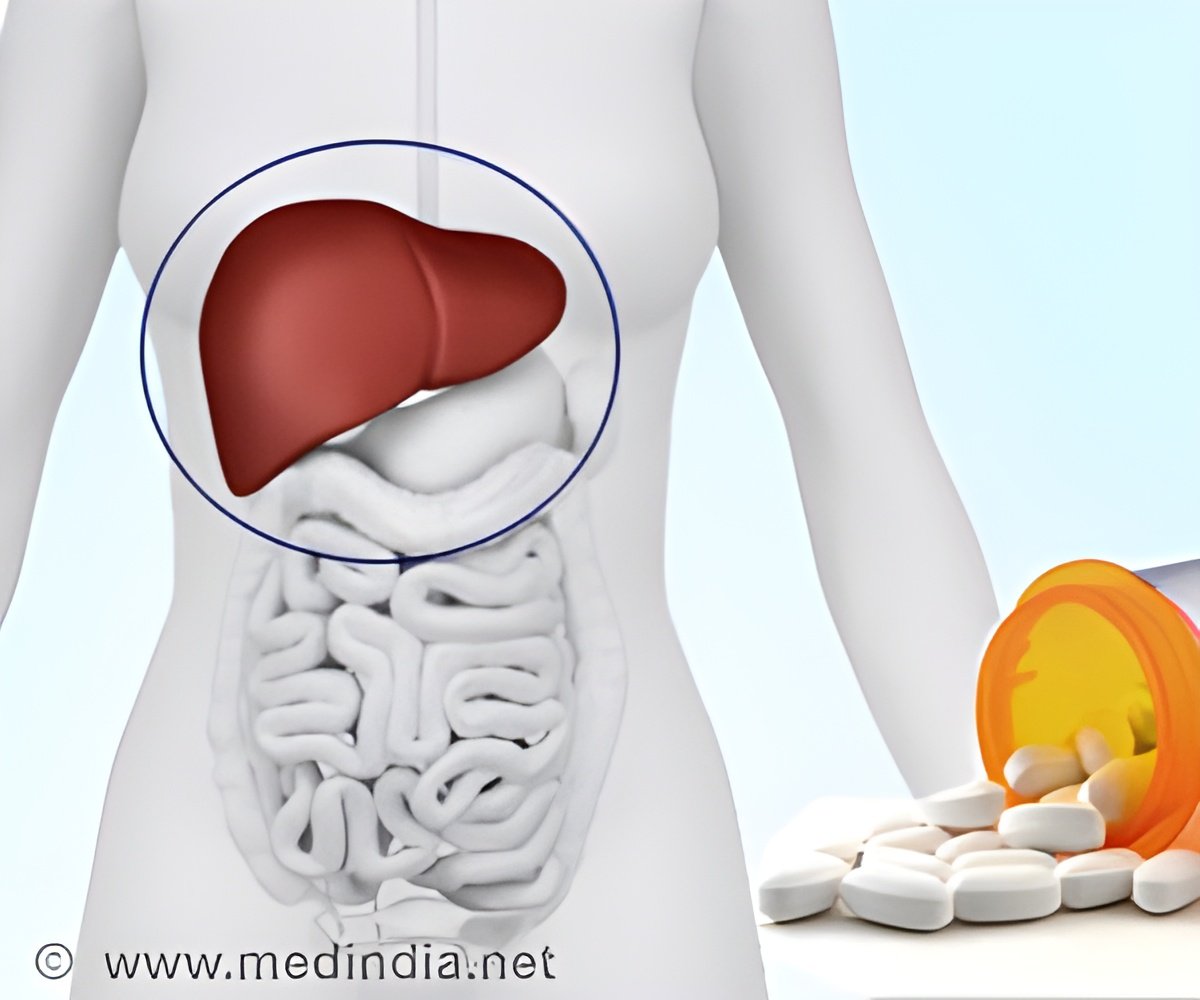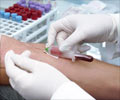Hepatitis C virus (HCV) infection is the primary cause of liver cirrhosis and liver cancer globally.

Results of the NS5A study are published in the prestigious Proceedings of the National Academy of Sciences (PNAS) on February 18th, 2013.
"Ultimately, our study will help design better DAA drug cocktails to treat HCV," said Loyola University Health System (LUHS) and Stritch School of Medicine (SSOM) mathematical modeler Harel Dahari, Ph.D, who co-led the study. Dahari is one of five members of the Division of Hepatology at Loyola headed by Scott Cotler, MD who authored the study along with Thomas Layden, MD, HCV virologist Susan L. Uprichard, Ph.D and Dr. Uprichard's Ph.D graduate student Natasha Sansone. The study was co-led with Dr. Jeremie Guedj (Institut National de la Santé et de la Recherche Médicale), and conducted with Drs. Alan Perelson (Senior Fellow at Los Alamos National Laboratory), Libin Rong (Oakland University) and Richard Nettles (Bristol-Myers Squibb).
The new study documents HCV kinetic modeling during treatment both in patients and in cell culture that provides insight into the modes of action of daclatasvir. In addition, the study suggests a more accurate estimate of HCV clearance from circulation previously estimated in 1998 by Drs. Dahari, Layden, Perelson and colleagues in Science.
"Our modeling of viral kinetics in treated patients predicts that daclatasvir not only blocks the synthesis of the viral RNA within infected cells but also blocks the secretion of infectious virus from the cells," explained Dahari. This prediction was confirmed in Dr. Uprichard's laboratory using cultured liver cells that support the entire life cycle of HCV infection. Drs. Dahari and Uprichard are directors of a new program for experimental and translational modeling recently established at Loyola to promote the type of interdisciplinary research exemplified in this publication.
Additional 2013 Dahari Research Papers
Advertisement
- A study on the effect of ribavirin on HCV kinetics and liver gene expression, led by researchers from the National Institute of Health and published in Gut. Advertisement
- A letter on understanding triphasic HCV decline during treatment in the era of IL28B polymorphisms and direct acting antiviral agents via mathematical modeling, published in the Journal of Hepatology.
- A study showcasing a mathematical model of the acute and chronic phases of Theiler murine encephalomyelitis virus (TMEV) infection that can serve as an important tool in understanding TMEV infectious mechanisms and may prove useful in evaluating antivirals and/or therapeutic modalities to prevent or inhibit demyelination multiple sclerosis, published in the Journal of Virology.
Dr Dahari is a recognized international leader in the field of viral kinetics. "Loyola is honored to have Dr. Dahari as a member of the Hepatology faculty; his ground-breaking research will help reinforce Loyola's leadership in the treatment of hepatitis C," said David Hecht, MD, interim senior vice president, Clinical Affairs at LUHS and Chair of Internal Medicine in the SSOM.
Source-Eurekalert














